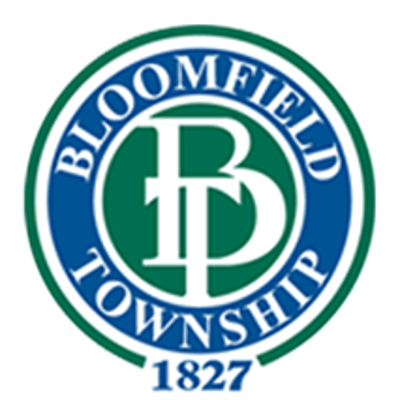 Flooding happens when water bodies receive a greater volume of water than they can handle at one time. Floods are a natural part of the water cycle and can even be beneficial, however humans have affected the landscape drastically. By building on floodplains, draining wetlands, and controlling storm water, we have increased the likelihood of flooding and the extent of damage done by floodwaters such as erosion, loss of property, loss of frontage and loss of habitat.
Flooding happens when water bodies receive a greater volume of water than they can handle at one time. Floods are a natural part of the water cycle and can even be beneficial, however humans have affected the landscape drastically. By building on floodplains, draining wetlands, and controlling storm water, we have increased the likelihood of flooding and the extent of damage done by floodwaters such as erosion, loss of property, loss of frontage and loss of habitat.
What is a Floodplain?
A river, stream, lake, or drain may on occasion overflow their banks and inundate adjacent land areas. The land that is inundated by water is defined as a floodplain. In Michigan, and nationally, the term floodplain has come to mean the land area that will be inundated by the overflow of water resulting from a 100-year flood (a flood which has a 1% chance of occurring any given year). It is estimated that about 6% of Michigan’s land is flood-prone, including about 200,000 buildings. Floodplain areas are important natural features because they give time for sediment to settle out of floodwaters, thereby keeping it out of water bodies. Floodplains often support important wildlife habitat and are frequently used by humans.
Why Flooding Occurs?
With increasing development in the floodplain, open spaces, and wetlands, our land has lost the ability to soak up rain. Areas that were once effective at storing these excess flows are now being replaced by buildings and pavement that have made the land increasingly impervious. As a result, floods have become far larger and more frequent.
There are also other factors that increase flooding:
- Removal of stabilizing vegetation around streambanks and rivers.
- Erecting structures that deflect or inhibit the flow of floodwaters.
- Constructing bridges, culverts, buildings, and other structures that encroach on the floodplain.
- Building drainage systems that feed storm water quickly into the receiving body.
- Straightening meandering watercourses to hasten drainage. This transfers flooding problems downstream and also alters habitat.
Filling and dumping in floodplains. Floodwaters can transport this debris, which may interfere with the movement of the floodwater causing increased flood elevations.
Any construction, fill or alteration of a floodplain area that has a drainage area greater than or equal to 2 square miles requires a floodplain permit from the Michigan Department of Environmental Quality. Remember, it’s illegal to do any activity within the floodplain that may increase or divert floodwaters onto neighboring properties.
Looking for Floodplain Information?
In order to help protect our residents, Bloomfield Township participates in the National Flood Insurance Program (NFIP) administered through the Federal Emergency Management Agency (FEMA). This program allows all of our property owners, regardless of the location of the building, the opportunity to purchase flood insurance.
In 2002, Oakland County entered into a Cooperating Technical Partners (CTP) Partnership Agreement with the Federal Emergency Management Agency (FEMA) to create accurate, up-to-date flood hazard areas for Oakland County. This partnership has resulted in new Digital Flood Insurance Rate Maps (DFIRMs) for all of Oakland County. The effective date on the new maps is September 29, 2006. You can visit the Township’s Building and/or Engineering & Environmental Services Department where we have copies of the flood maps available for viewing.
For your convenience, you can visit the Oakland County website to find out more about your property and its relation to the flood zone. This webpage offers an interactive mapping function to provide you with flood hazard information about areas throughout Oakland County. Disclaimer: This site cannot be used by a property owner as a legal floodplain determination for building or mortgage purposes.
Use the menu on the left-hand side of the screen and selected the ‘search’ tab at the top. The search tab will allow you to request information about a specific address, community water body or road. To print the desired information, select the ‘print’ tab at the top of the menu and follow the instructions. The menu also features a ‘help’ tab if needed.
Additional Information
Please contact the Bloomfield Township Engineering and Environmental Services Department if you have questions about the material presented here. Please visit the following websites for more information.
Michigan Department of Environmental Quality
District Floodplain Engineers 517-373-1170
